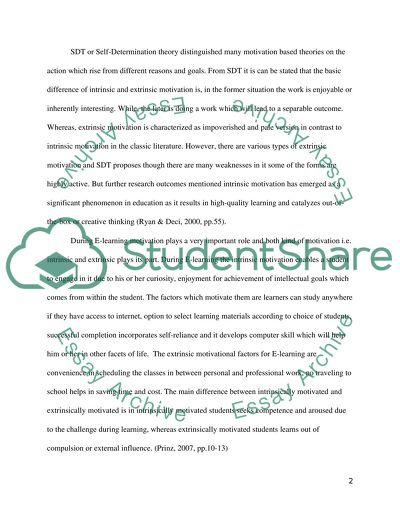Cite this document
(“E-Learning: Literature Review Example | Topics and Well Written Essays - 1000 words”, n.d.)
Retrieved from https://studentshare.org/information-technology/1429353-e-learning-literature-review
Retrieved from https://studentshare.org/information-technology/1429353-e-learning-literature-review
(E-Learning: Literature Review Example | Topics and Well Written Essays - 1000 Words)
https://studentshare.org/information-technology/1429353-e-learning-literature-review.
https://studentshare.org/information-technology/1429353-e-learning-literature-review.
“E-Learning: Literature Review Example | Topics and Well Written Essays - 1000 Words”, n.d. https://studentshare.org/information-technology/1429353-e-learning-literature-review.


